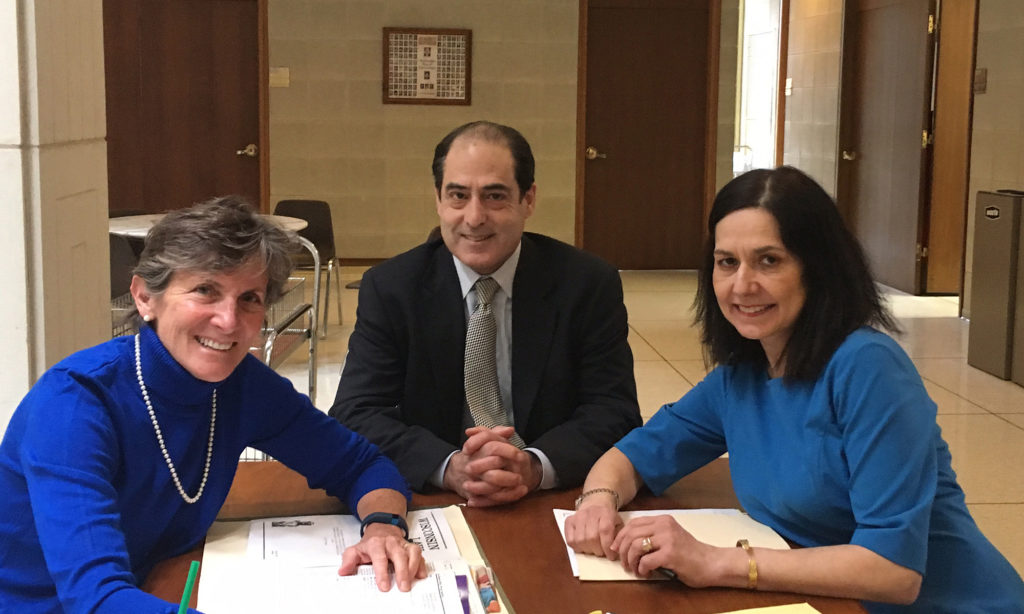Since its first largely academic references in the late 1980s and early 1990s, the procedure of requesting lethal medicaiton from a physician to hasten an inevitable dying process has struggled to find a universally accepted appelation. If one consults the medico-legal journals of yesteryear, "physcian assisted suicide" or "PAS" was universally embraced.
Shortly thereafter, when legislative efforts were first contemplated in Oregon in the 90s, the use of the word "suicide" to describe a process which was empirically the opposite of the often impetuous, emotionally driven act of self-murder was deemed highly prejudicial and misleading. Thus "Death with Dignity" was adopted, and Oregon's law was enacted as The Death with Dignity Act. This was also the case when Washington State passed its law in 2009 following a ballot initiative, also known as the Death with Dignity Act.
Shortly therafter, a national organisation to promote end of life options across the country was formed, Death with Dignity National Center.
People seemed happy with this appelation because it highlighted what the law meant to accomplish: allowing someone who was at death's doorstep to retain some dignity in the face of an implacable killer like cancer. And for years, Death with Dignity rolled off people's tongues.
And then some in the movement thought better. Does this mean to imply that only when self adminstering medicine on a doctor's prescription can dignity in death be achieved. Surely there are those in hospice who die with dignity; surely there are those who die of accidental causes who retain dignity. Isn't it all a bit presumptuous then to embrace the term Death with Dignity for a procedure which is limited in its applicabilty and scope.
In Europe, curiously, the term "euthanasia" seemed fitting, since the BeNeLux countries allow the doctor to directly apply the aid in dying drug subcutaneously directly into the bloodstream, using one of several common barbiturates. An injection into the bloodstream is much quicker than an ingestion through the stomach, so it is understandable that people, when given a choice, overwhelmingly prefer euthanasia over self-adminstration. However, the term "euthanasia" has a negative connotation in the United States, where it remains not just illegal, but tantamount to murder. For Europeans, "euthanasia" merely reflects its Greek roots: "a good death."
Just as Death with Dignity seemed to have become the accepted term of art, one began hearing a revised appelation: : Medical Aid in Dying: Physician Aid in Dying; Medical Assistance in Dying, and other variations thereof. Medical Aid in Dying begat a misleading acronym "MAID" which for better or for worse has become the most frequenlty encountered term both here in the US and around the world. But the term also has had its detractors for some time.
At DRNC, we have consistently referrred to the laws as MAID laws. We have advocated the inclusion of terminology which downplays the importance of "death" or "dying" as almost secondary to the overriding importance of providing comfort to those with a death sentence in offering an option. Thus, in legislative bills introduced in NC in the last two sessions, rather than refer to the "AId in Dying" drug which a physician prescribes, we are pleased that the bills' sponsors used the term "Terminal Comfort Care": Comfort Care because the availabilty of the medicine itself provides a sense of comfort brought on by the agency to act, to take positive steps to decide one's fate, not to be simply a passive recipient of a horrible disease's vagaries. And "Terminal" because it comes into play only when a person has been diagnosed as having less than 6 monhts of foreseeabe life, i.e. when they have entered a terminal phase.
At the most recently condlucded biennial conference of the World Federation of RIght to Die Societies in Toronto in early November, the issue of proper terminology was debated and various alternatives discussed. The Federation opted for Assisted Dying, which takes the emphasis off of the Physician and also allows a more comprehensive inclusion of others who might assist the decedent, such as a loved one who mixes the medicines which the patient then self-adminsters
The Australian contingent argued vociferously that a more compelling term is Voluntary Assisted Dying or VAD The emphasis is put on the decision-making autonomy of the person involved. It's not just that the person receives assistance in dying; far more relevant, the decision is voluntary and motivated by the actor alone. In Australia, then VAD is now the accepted terminology.
It will be a while before all the actors come to a consenus what term best fits the practice. Is it MAID, which emphasizes the role of the doctor in providing medication; is it Death with Dignity which envelops the reality that the practice allows someone dying to do so with greater dignity than if condemned to let the cancer take its course; is it Assisted Dying, which logically includes both euthanasia and self adminstration? Or does Australia have the more accurate terminology.
One way or another, the movement needs to settle on a term which is universally accepted. Until then, different terms will cause confusion in the pubic and among clinicians and patients.


